Make time to pause.
Make time for yourself.
Life-changing benefits of Japanese green tea.
It was his truly memorable experience of Japanese green tea, brewed in a classic teapot by his wife, that changed Mr. Naoya Ito, the founder of the Japanese green tea company Chaen. The taste was delicate, deep, and surged as a wave of umami through his body, awakening his senses. It was completely different from any of the bottled teas he had drunk before. The effect on his body, mind and soul, which had grown weary from the grind of everyday work, was nothing short of profound. He was in his mid-twenties, just a few years into his career as a corporate salesman. After this unforgettable encounter with green tea, he became fascinated with it and quit his job to work at a local Japanese tea store. On his days off, he ventured out from his home in Nagoya to visit tea farms in neighboring areas, and talked with and learned a lot from the farmers. He was becoming increasingly absorbed in the world of Japanese green tea. In 2019 he obtained certification with distinction as a Japanese tea instructor. Then, in the same year, he launched his own tea brand, Minokamo Chaho, and the following year, established his own incorporated company, Chaen. It is no exaggeration to say that one cup of tea had literally changed his life.
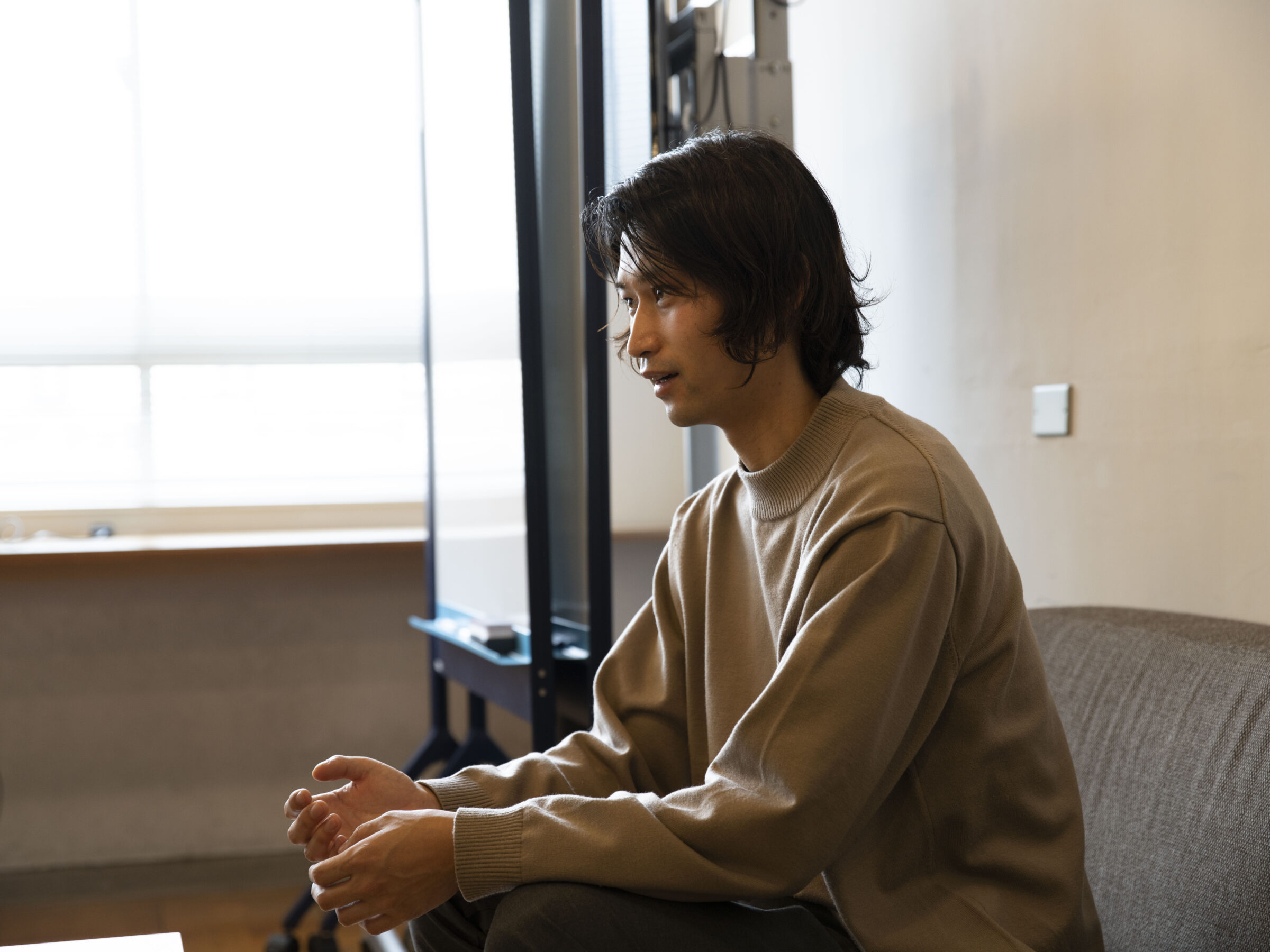
"That cup of tea gave me a much-needed rest. It only lasted a few minutes, but I was impressed by its power. Mr. Ito's experience turned out to be his epiphany, as it led to the concept behind the brand. It is to “take a little pause in your daily life.” In today’s hectic, always-on lifestyle, a few minutes with a cup of tea is a conscious effort to create a “blank space”in the day-to-day routine. Switching your mind on and off with this practice becomes the driving force to move on to the next step. In other words, tea can be used as a “tool for busy people to take a good rest.” Mr. Ito says, “The timing of our incorporation coincided with the COVID pandemic. People were exposed to invisible threats and stresses, and they didn't know how to cope with new working styles and rules, let alone take a break. At such times, if people can take a little pause with a cup of Japanese green tea and get back on track, that'd be wonderful, I thought. My personal experience was a perfect fit for the situation and the concept was decided accordingly.” He further explained how the tea changed his daily life, “I have become more aware of my time and my work style, and I feel more balanced. There is a technique of working for 25 minutes and taking a five-minute pause to concentrate and complete tasks efficiently, you know? In the same way, after a certain period of concentration, I take a five- to ten-minute pause for a cup of tea. The quality of your work, study, and life depends on whether or not you take this break in between. To make it easier for people to take such pauses, we created our original teacup, CHAPTER.”
A tool created to help you take a pause with Japanese green tea.
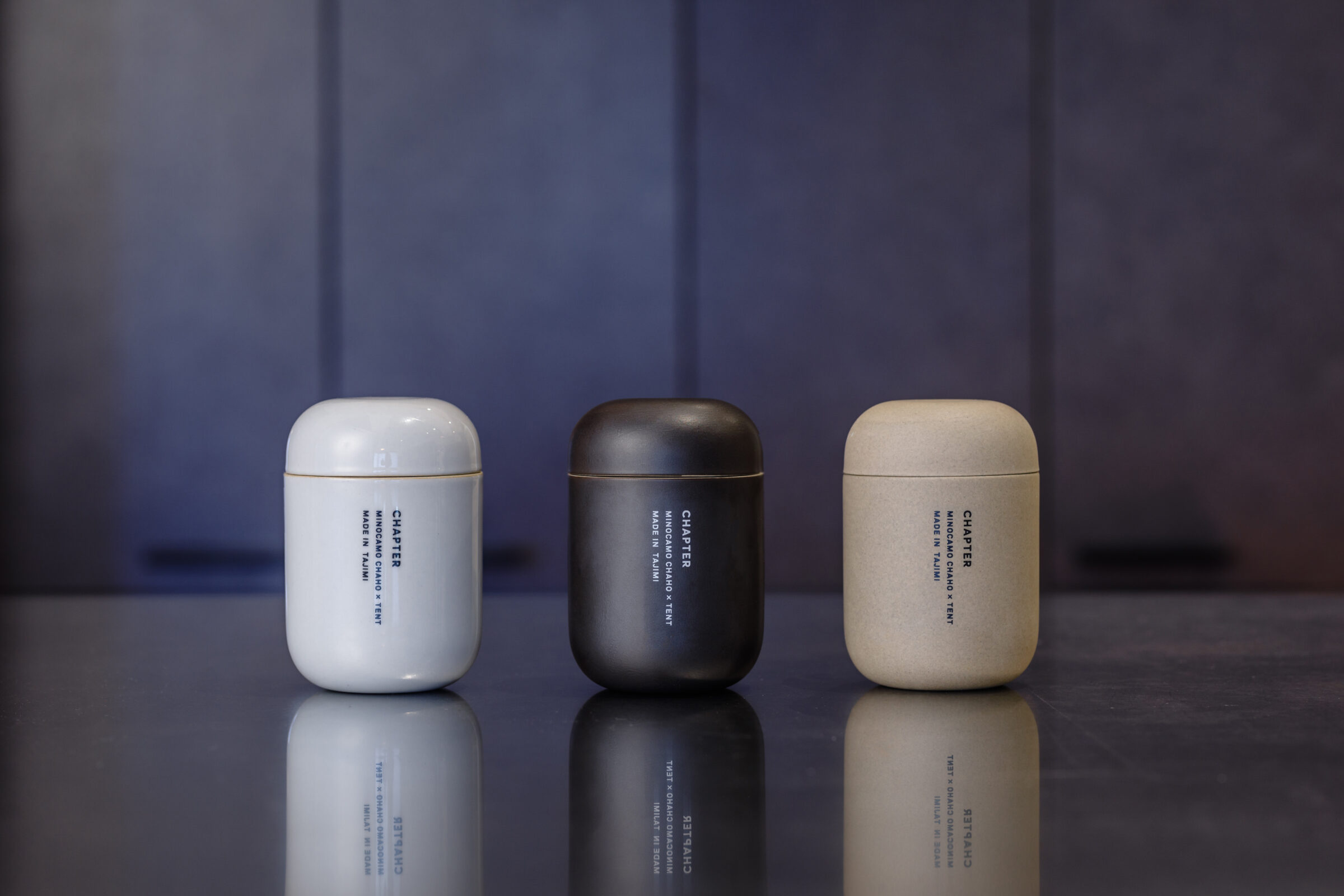

“Many types of teapots and teacups for Japanese green tea are available, but none of them are optimized and designed for today's individual lifestyles, such as remote work. When we thought about the best function and shape of a teacup for our work scene and space, we reached the answer: a teacup that can be used to measure the amount of hot water and a lid that can hold tea bags. The design of this teapot is modern yet has a familiar air of nostalgia about it, and it fits into any space. Its name, CHAPTER, has the meaning of ‘divider,’ but is also a play on words: ‘cha’ means tea in Japanese and ‘futa’ means lid.” Of course, you can drink tea from a typical mug without being particular about it. However, he says he wanted to create a new, unique tool that is easy and convenient yet allows you to be aware of having a pause. His wish is “For the CHAPTER to switch you into a tea-drinking mode as a dedicated tea-drinking tool, and to act as a good ‘pause’ partner and lifestyle product. It’s loved by customers in Japan and overseas who want to enrich their daily lives with care."
How to reinvent life with Japanese green tea.
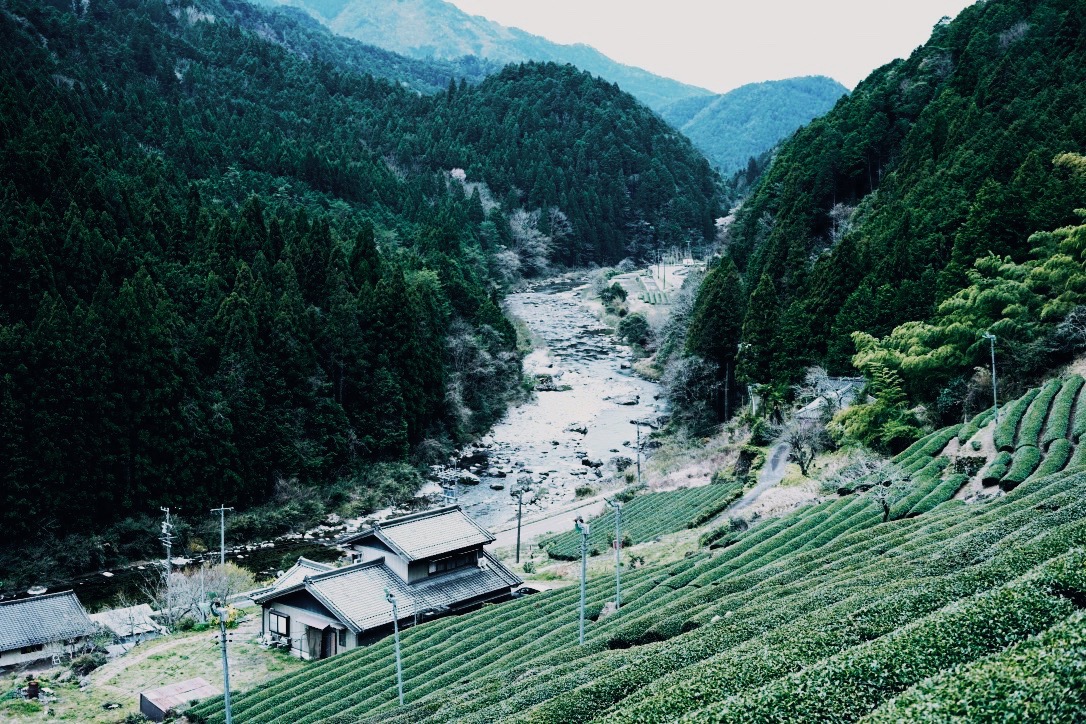
As the name suggests, the Minokamo Chaho, a brand operated by Chaen, handles tea leaves from the Mino region. Specifically, it is a brand that was created and built with tea farmers and tea masters in Higashishirakawa Village, Gifu Prefecture, who had long been producing the region's famous Shirakawa tea. However, the brand sells its original teas creatively blended from dozens or hundreds of different types of tea leaves from the region. In addition to tea production, this region has been a major producer of tea utensils known as “Mino-yaki” since the 16th century, when Sen no Rikyu (a famous tea ceremony master) developed the Way of Tea into a major art form. And it was in this Mino area that the Way of Tea, favored by the samurai warriors of the time by providing them with a break to release their tension from politics and warfare, became known to the general public. “My parents didn't even have a classic Japanese teapot, but now that I think about it, growing up in an area where the culture of Japanese tea was so close must have influenced me. The development of the CHAPTER was also assisted by the large number of kilns in this area.” However, Mr. Ito says there are still too few opportunities for people to encounter Japanese green tea. “The younger generation, in particular, and not just in this region, completely lack contact with Japanese green tea. Today, in this country, when people say, 'let's have some tea,' they mean 'let's go to a cafe for coffee.’ That is why creating various ‘scenes’ for enjoying Japanese green tea is critical. The idea of ‘taking a little pause’ is one example of creating such a ‘scene’ for tea in our daily lives. I think there is great potential in communicating the value of Japanese green tea, not only for drinking when you are thirsty but also as an opportunity for a good rest or to regulate the body and mind,” he says.
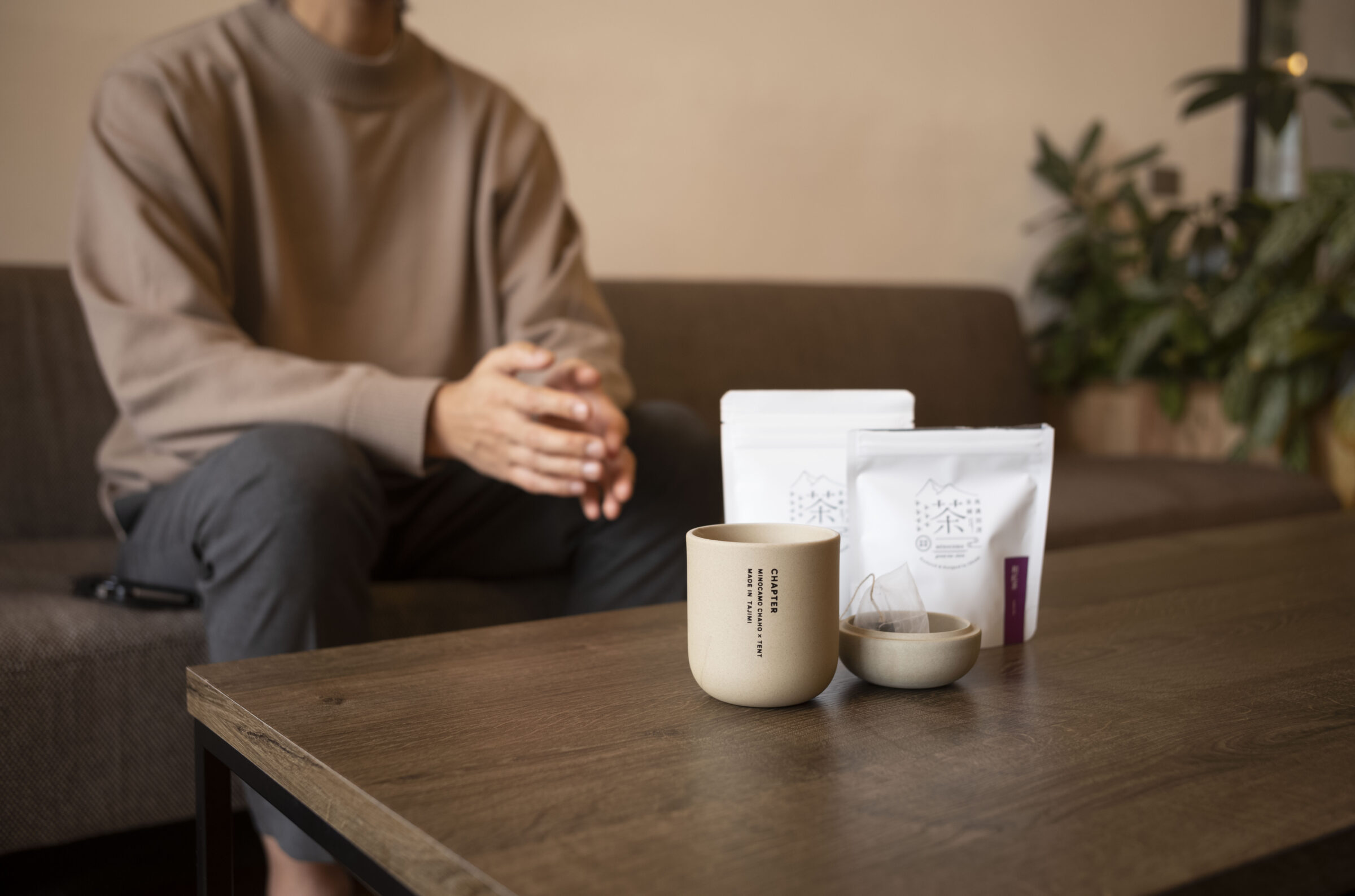
“I believe that the benefits of Japanese tea permeate the body and mind through continuous drinking. But the key to continuity is encountering a deliciously brewed tea. Whether or not you can experience carefully brewed tea will determine whether or not you continue at the same pace after that,” claims Mr. Ito. To this end, he says, they actively conduct workshops on correct brewing techniques at events and online. “In the near future, we plan to create a showroom type of space where people can drink, brew, experience, and ask questions about Japanese green tea.” His hope is for more people to experience the benefits of good tea in the same way he did, as a life-changer. Mr. Ito wants to convey the richness brought about by the ‘blank space’ of a little pause for a cup of tea. His wish is for people who tend to lack the time and space, mentally and physically, in today's busy world to be able to take a good look at their lives and find a way and a pace of living that is truly their own. Perhaps now is the time to start a new chapter in life with Japanese green tea.
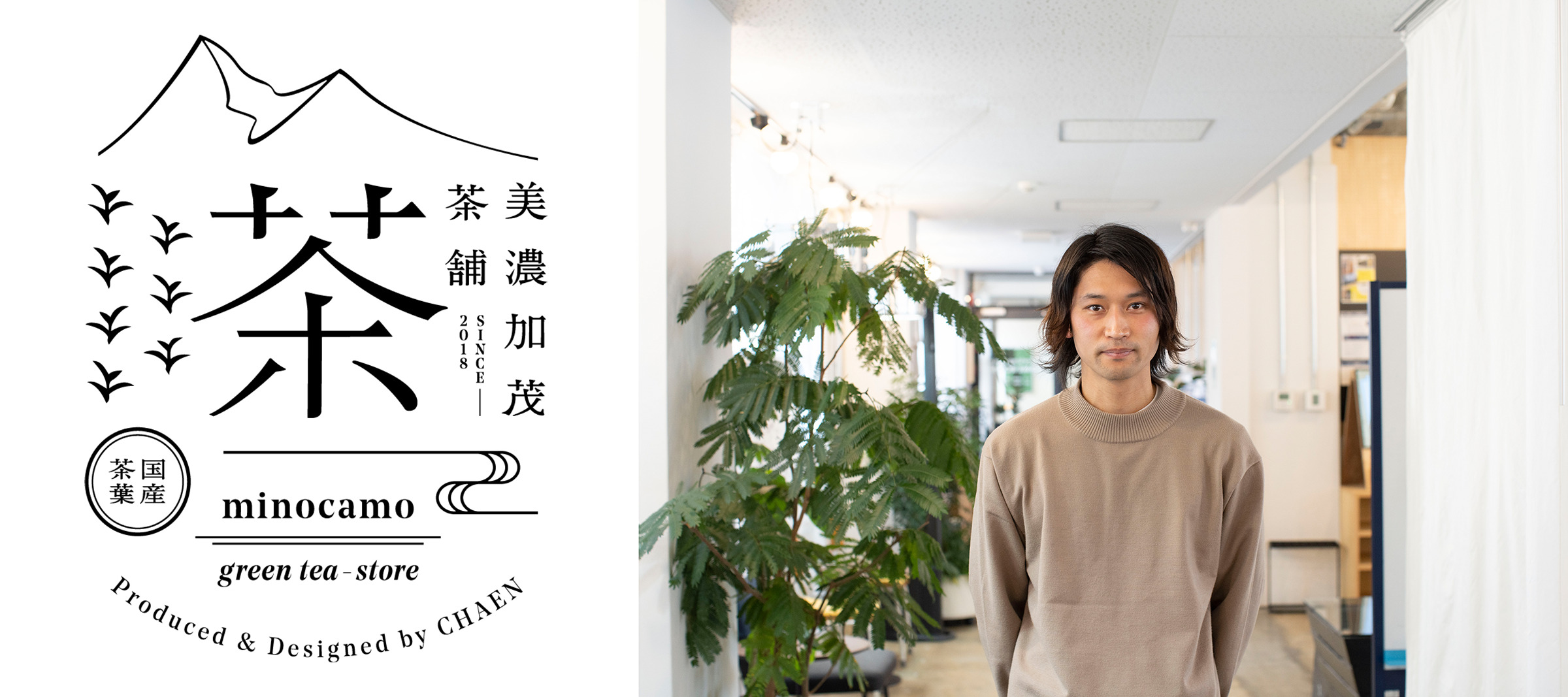
Japanese tea brand Minocamo Chaho was born in 2018 in the Mino region of Gifu Prefecture, area profoundly affected by the tea ceremony culture. From its teas to its pottery the brand seeks to create a pause in everyday life, even if only for the handful of minutes it takes to brew a cup of tea. This, the brand believes, can lead to newfound joy.



